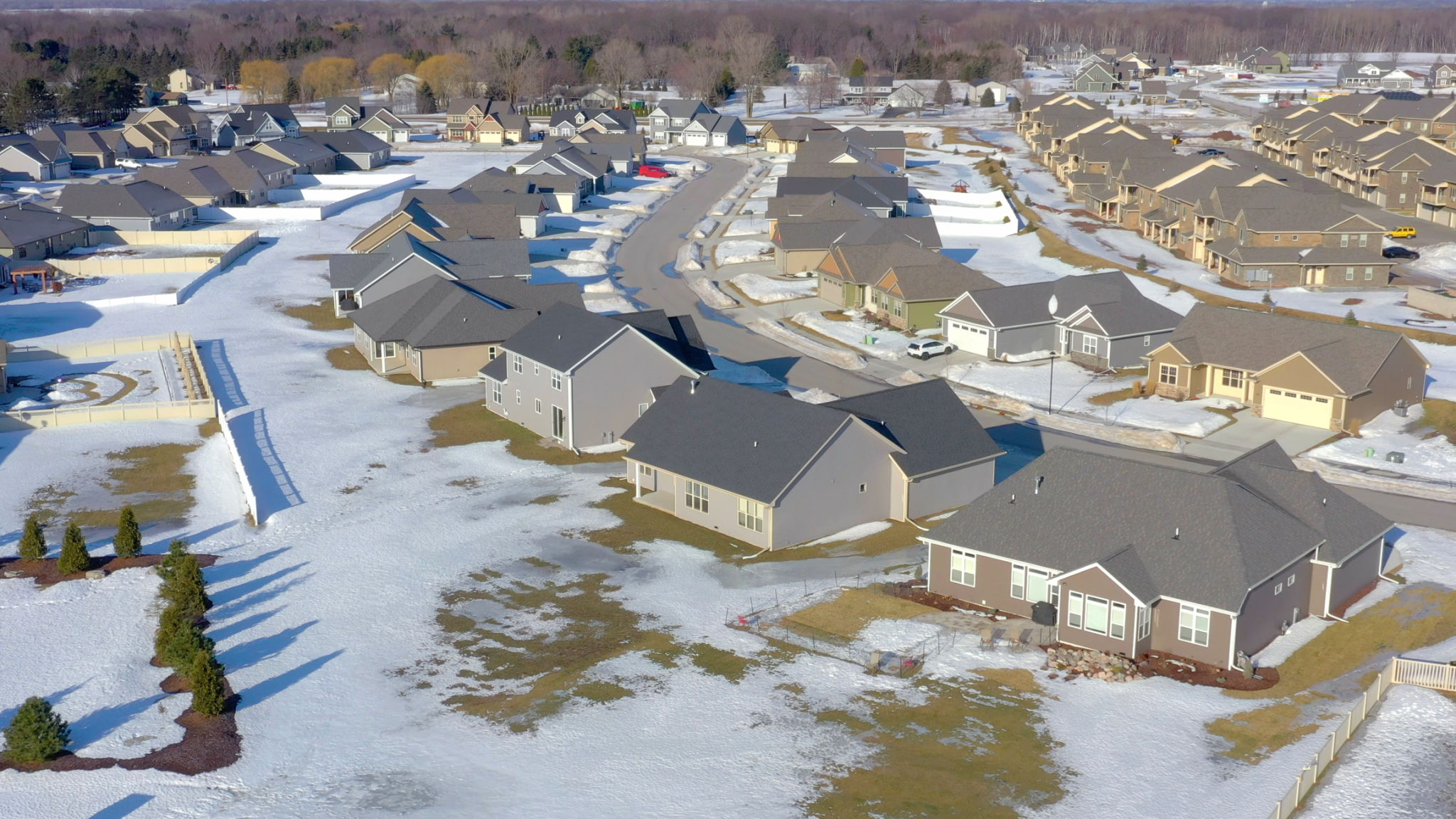Choosing the Right Wisconsin Roofing Solutions for Your Home
Understanding Your Roofing Needs
When it comes to roofing solutions in Wisconsin, the choices you make can significantly impact your home's durability, energy efficiency, and curb appeal. The state's diverse weather conditions, ranging from harsh winters to humid summers, demand roofing materials that are both resilient and versatile. Understanding your specific needs is the first step toward selecting the right roofing solution.
Factors such as your home's architectural style, budget, and long-term maintenance preferences should guide your decision. Additionally, it’s crucial to consider the local climate and how different materials respond to seasonal changes. By taking these factors into account, you can ensure that your roofing choice will serve your home well for years to come.

Types of Roofing Materials
Asphalt Shingles
Asphalt shingles are the most popular roofing material in Wisconsin due to their affordability and ease of installation. They come in a wide variety of colors and styles, making it easy to match them with your home’s exterior. However, their lifespan is generally shorter compared to other materials, often requiring replacement every 20 to 30 years.
Metal Roofing
Metal roofing is gaining popularity due to its durability and energy efficiency. It can withstand heavy snow and ice, making it an excellent choice for Wisconsin's winter climate. While the initial cost may be higher than asphalt shingles, metal roofing can last up to 50 years or more with proper maintenance, often making it a cost-effective option in the long run.

Eco-Friendly Roofing Options
If sustainability is a priority for you, consider eco-friendly roofing options such as recycled shingles or green roofs. Recycled shingles are made from materials like rubber or plastic, offering durability while reducing environmental impact. Green roofs, which are covered with vegetation, provide excellent insulation and help reduce rainwater runoff.
While these options may require a larger initial investment, the benefits of reduced energy costs and a smaller carbon footprint can be significant. Additionally, some eco-friendly roofing solutions may qualify for tax incentives or rebates, further offsetting installation costs.

Hiring a Professional Roofer
Choosing the right roofer is just as important as selecting the right materials. A professional roofer will ensure that your roof is installed correctly and meets local building codes. When hiring a roofer, consider their experience, reputation, and whether they offer warranties on their work.
It’s advisable to get multiple quotes and check references before making a decision. A good roofer will provide a detailed estimate that includes materials, labor, and any additional costs. This transparency can help prevent unexpected expenses down the line.
Maintaining Your Roof
Once your new roof is installed, proper maintenance is essential for maximizing its lifespan. Regular inspections, especially after severe weather events, can help identify issues before they become major problems. Cleaning gutters, removing debris, and checking for signs of wear are all part of routine maintenance.
By staying proactive with maintenance tasks, you can extend the life of your roof and protect your investment. A well-maintained roof not only enhances your home's appearance but also provides peace of mind knowing that your home is well-protected against the elements.
